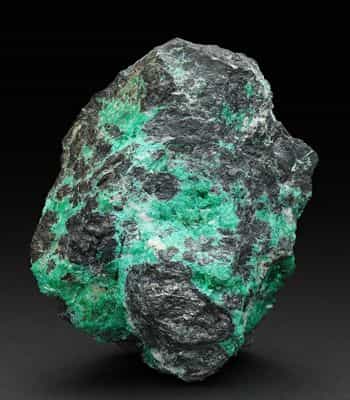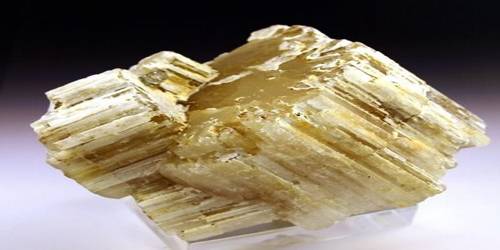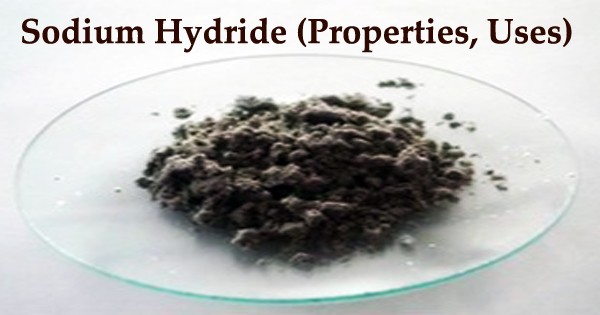Keyite is a mineral with the chemical formula Cu32+Zn4Cd2(AsO4)6·2H2O. It is a monoclinic-prismatic azure mineral containing arsenic, cadmium, calcium, copper, hydrogen, manganese, oxygen, and zinc. The name comes from Charles Locke Key (born 1935), an American mineral dealer who furnished its first specimens. It was the first-described natural arsenate of cadmium.
General Information
- Category: Arsenate minerals
- Formula: Cu32+Zn4Cd2(AsO4)62H2O (repeating unit)
- Crystal system: Monoclinic
- Crystal class: Prismatic (2/m) (same H-M symbol)

Fig: Keyite
Properties
Keyite is monoclinic-prismatic, meaning its crystal form has three unequal axes, two of which have 90° angles between them and one with an angle less than 90°. Keyite belongs to the biaxial optical class, meaning it has more than one axis of anisotropy (optic axis), in which light travels with zero birefringences, and three indices of refraction, nα = 1.800, nβ, and nγ = 1.870.
- Formula mass: 1,520.19 g/mol
- Color: Azure/ blue
- Crystal habit: prismatic, tabular
- Cleavage: good (001) cleavage
- Mohs scale hardness: 3.5 – 4
- Streak: light blue
- Diaphaneity: Translucent
- Density: 5.106g/cm3
- Optical properties: biaxial.
Occurrence: A secondary mineral in the oxidized zone of a dolostone-hosted hydrothermal polymetallic ore deposit.
Being a very rare cadmium copper arsenate, keyite is only found in Tsumeb, Namibia in the Tsumeb mine, a world-famous copper mine known for its abundance of rare and unusual minerals.
Association: Cuprian adamite, schult´enite, metazeunerite, zincian olivenite, tennantite.
Information Source:
















